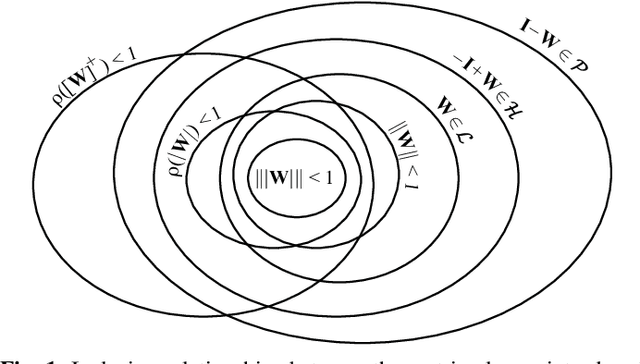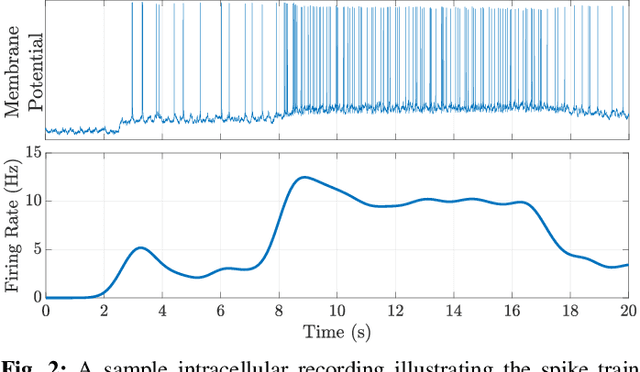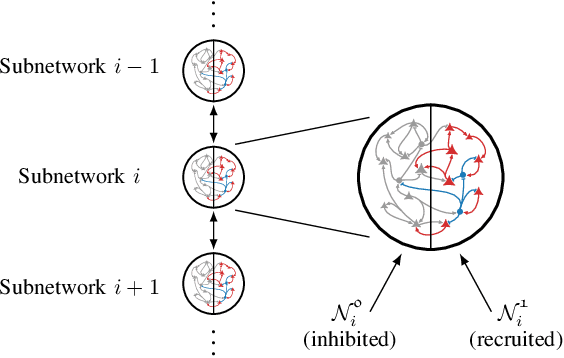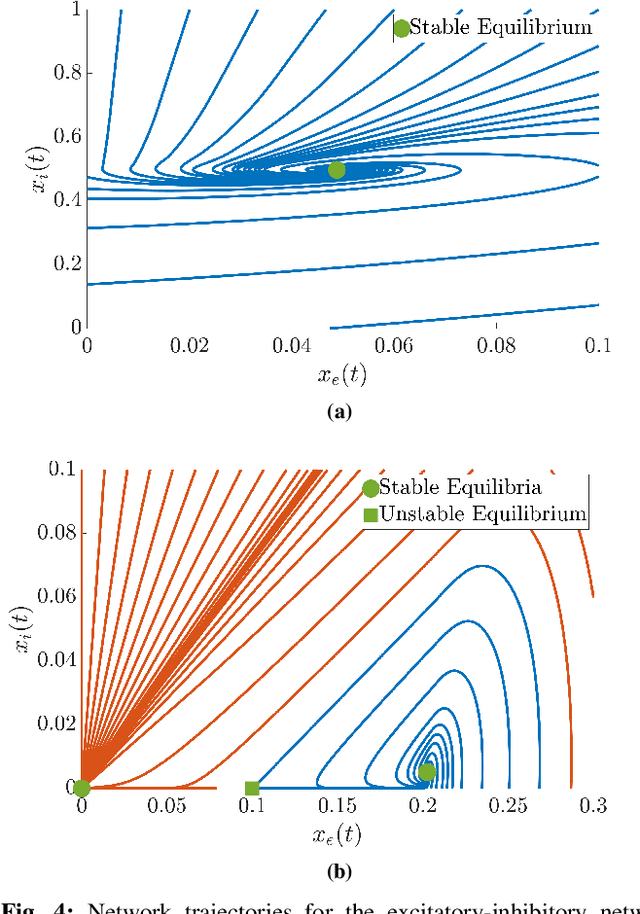Hierarchical Selective Recruitment in Linear-Threshold Brain Networks - Part I: Intra-Layer Dynamics and Selective Inhibition
Paper and Code
Sep 05, 2018



Goal-driven selective attention (GDSA) refers to the brain's function of prioritizing, according to one's internal goals and desires, the activity of a task-relevant subset of its overall network to efficiently process relevant information while inhibiting the effects of distractions. Despite decades of research in neuroscience, a comprehensive understanding of GDSA is still lacking. We propose a novel framework for GDSA using concepts and tools from control theory as well as insights and structures from neuroscience. Central to this framework is an information-processing hierarchy with two main components: selective inhibition of task-irrelevant activity and top-down recruitment of task-relevant activity. We analyze the internal dynamics of each layer of the hierarchy described as a network with linear-threshold dynamics and derive conditions on its structure to guarantee existence and uniqueness of equilibria, asymptotic stability, and boundedness of trajectories. We also provide mechanisms that enforce selective inhibition using the biologically-inspired schemes of feedforward and feedback inhibition. Despite their differences, both schemes lead to the same conclusion: the intrinsic dynamical properties of the (not-inhibited) task-relevant subnetworks are the sole determiner of the dynamical properties that are achievable under selective inhibition.
 Add to Chrome
Add to Chrome Add to Firefox
Add to Firefox Add to Edge
Add to Edge